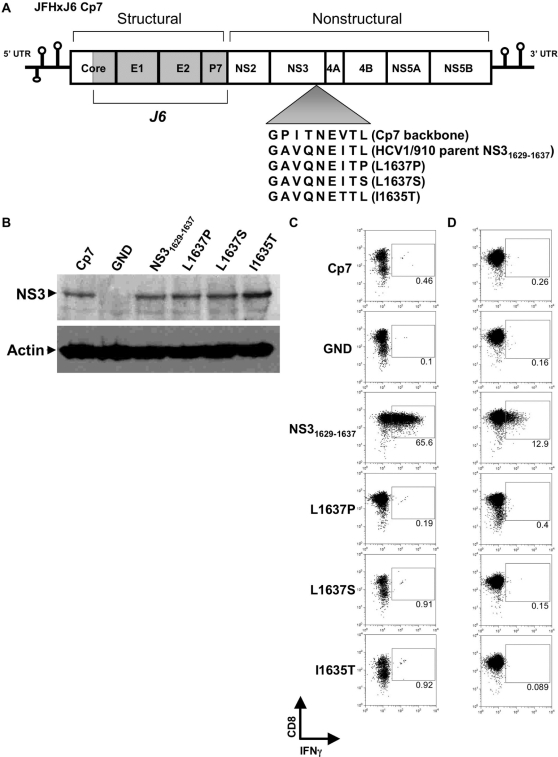Figure 5. CD8+ T cell response to the mutated NS31629–1637 epitope in an infectious system.
(A) Schematic representation of the full-length HCV genome used to produce infectious virus in vitro. The core to p7 region of the JFH backbone was replaced by the corresponding region of the autologous genotype 2a J6 strain to create JFHxJ6 Cp7 (Cp7), and single-site PCR mutagenesis was used to alter the NS31629-1637 epitope. (B) Western blot confirmation of NS3 protein expression 4 d post-transfection in the Huh-7.5/B1701 cell line. β-actin served as a control for input protein. (C) Transfection and recognition of Huh-7.5/B1701 cells by 4A CD8+ T cell clone. Huh-7.5/B1701 cells were transfected with parent HCV1/910 NS31629–1637 or mutant full-length constructs, and cocultured (as in Figures 2C and 3C) with the NS31629–1637 epitope-specific CD8+ T cell clone. The CD8+ clone was only able to secrete IFNγ in response to Huh-7.5/B1701 cells transfected with the parent HCV1/910 NS31629–1637 construct. Huh-7.5/B1701 cells pulsed with parent HCV1/910 NS31629–1637 peptide served as a positive control (not shown). (D) Infection of naïve Huh-7.5/B1701 cells with parent HCV1/910 NS31629–1637 but not mutant full-length constructs elicits an IFNγ response. Supernatants were harvested from Huh-7.5/B1701 cells that had been transfected 4 d earlier and used to infect naïve Huh-7.5/B1701 cells. At 5 d post-infection, cells were harvested and cocultured with the CD8+ T cell clone to determine the level of IFNγ production produced by the 4A CD8+ T cell clone.

